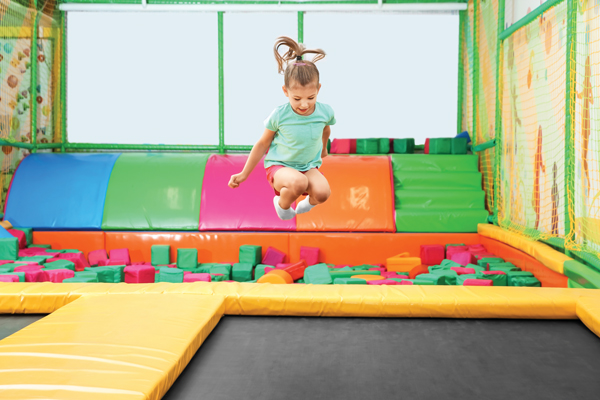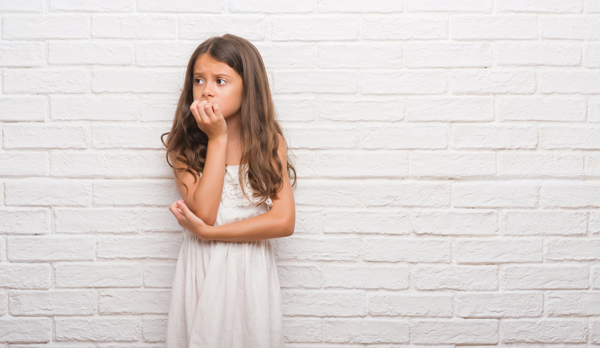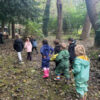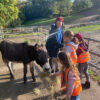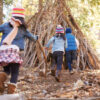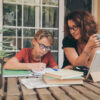by Kim Jackson M.S.S.F.
Klodhoppers Ltd Haywards Heath
Generally speaking, we only get one pair of feet, and considering the amount of work we ask them to do we really need to take good care of them. Staff at our shop are qualified as members of the Society of Shoe Fitters. They are encouraged to share their knowledge and expertise with their colleagues, thereby ensuring that everyone at the shop should be able to tell how well (or badly) a shoe fits initially by the way the shoe slides onto the customer’s foot (or not!) This is one of the main reasons why we will put the shoes on our customers’ feet ourselves.
The amount of ease on the areas of resistance can be felt as the shoe slides onto the foot and indicates to the experienced fitter how the shoe is going to fit. The customer may not like the style or the design of the shoe once it’s on, but at least the fitter can be honest about the fit. Remember that the size on the box is just a number and merely a starting point for the fitter. As qualified fitters we will always tell you if we think the fit can be tweaked and improved.
Once the shoes are on the feet we will ask the child to walk around so that we can check the fit. We are looking to see not only if the gait appears ‘normal’ (unless of course, that is a separate health issue), but also whether the shoes look as though they are ‘behaving normally’ when worn.
So we are checking primarily that the shoe is not slipping up and down at the back of the heel and there are no big gaps around the ankle. We are also looking to see if the topline of the shoe is comfortably clear of the anklebone – if not it may rub, especially if there is no padded heel collar. In addition we are checking that the vamp of the shoe (where the shoe ends at the top or front of your foot) is not gaping or creasing abnormally, which would prompt us to think that the shoe might be too wide or too deep.
We will also be considering the shape and height of the heel collar – is it complementing the natural contour of your child’s foot? What is the extent of any gaping? A certain amount of space is to be expected, but if the gape is too wide then the foot will not be held in place securely. A style with a higher or tighter topline may need to be selected instead. Also, if there is too much slipping going on at the heel, we may need to play around with a different, possibly narrower brand, or even a different size.
 Having over 30 years combined shoe-fitting experience, we could line up at least 10 pairs of the same size shoe, but if they are all 10 different brands, even if they are similar styles, we can guarantee that they will all fit slightly differently on one child’s feet! Some of those fits will be better than others – this is where our guidance, advice, knowledge and expertise comes into play.
Having over 30 years combined shoe-fitting experience, we could line up at least 10 pairs of the same size shoe, but if they are all 10 different brands, even if they are similar styles, we can guarantee that they will all fit slightly differently on one child’s feet! Some of those fits will be better than others – this is where our guidance, advice, knowledge and expertise comes into play.
A fitter’s hands and eyes are their chief fitting tools, with the measuring gauge being the starting point. Practice improves their precision in dealing with each individual customer, alongside a thorough knowledge of all of the brands stocked. There is absolutely no point in fitting a pair of shoes unless it is known how each particular brand or style fits.
For example, if we are fitting a pair of Dr Martens boots or school shoes we know that this brand is quite true to UK sizing lengthwise, but the shoes more often than not tend to suit a wide, deep foot. There is very little point in bringing this brand out for a slim narrow foot, unless the customer is intent on having them, and is happy to have lots of space taken out with insoles – but that is the customer’s choice and it is likely to be pointed out by the fitter as probably ‘not the best fit’ on offer.
However, if I brought out a specific style of Superfit trainers for a very wide, deep foot, it would more often than not be a complete waste of time, as that style tends to fit slim ankles and narrow feet. A wide foot is going to feel completely squashed and restricted.
Most parents will expect a certain amount of growing room in their child’s shoes, depending on growth spurts, but most fitters will try to allow for at least a three month growth period. Most children’s growth spurts are erratic and do not happen at regular, predictable intervals. Smaller children can grow up to two and a half sizes in one year, so that is why it is very important that for their foot health’s sake they are measured and checked frequently by qualified fitters.
It doesn’t cost anything to pop in and have your child’s shoes checked and to be re-measured on a regular basis. All shoe shops that offer a measuring and fitting service and have qualified fitters will do size checks for you for free, but it is essential to remember that different shops use different gauges – as mentioned previously, the size gauge is merely an indication of the approximate size for the shoe fitter to start with.
It is wise to regularly check the fit of your child’s shoes every four to six weeks for infants (up to three years), every six to eight weeks for toddlers (three to four years), and every 10 – 12 weeks thereafter. It’s likely that a child will need at least four pairs of shoes each year in the formative years while the growth spurts are quite rapid. Any damage done to your child’s feet during these early years can be long-lasting and often irreversible. Most girls will start to slow down foot growth-wise by approximately age 13-14 years old, but boys’ feet can keep growing up to around 18 years old.
An infant requires a style which holds firmly onto the foot and which is easy to put on by the parent. It also needs to allow the foot to develop naturally and which does not restrict the freedom of the ankle.
In a first walker or a pre-walker the most important factor should be that the uppers and soles are soft, lightweight and very flexible which allows the foot to move naturally and enables the child’s foot arch muscles to develop correctly.
There must be adequate toe room in a child’s shoe not only for growth but also for the elongation of the foot when walking.
If there is sufficient room the vamps of the shoe will not become distorted and if there is sufficient depth it will prevent any downward pressure on the toes too.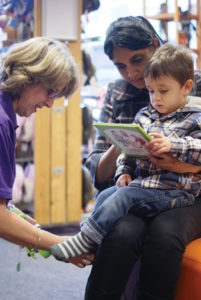
If the shoes are too shallow there will be no ‘wiggle’ room for toes, and if the shoes are too short then the longest toe(s) will hit the end of the shoes and potentially do damage to the nails and nail beds, as well as cause the formation of a ‘hammer’ or ‘claw’ toes.
Once children start school the bones have started to form and their muscles and arches are developing and being exercised, therefore a child needs a shoe with more protection and support. Their school shoes must be able to withstand the rigours an active lifestyle at school will require, otherwise parents will need to be prepared to replace them more frequently.
On average a school-age child will need a minimum of two pairs of shoe shoes per academic year – if their shoes ‘last a whole year’, it’s more than likely that they are wearing a pair that are much too small for them!
As a parent the most important thing to remember is to get your child’s feet checked. If you take them to a qualified dentist for their dental check ups, and a qualified GP for any health issues, so why wouldn’t you protect your child’s foot health by taking them to a qualified shoe fitter for a shoe check and a re-measure on a regular basis?
Kim Jackson M.S.S.F (Member of the Society of Shoe Fitters & Children’s Foot Health Register accredited) Klodhoppers, Haywards Heath www.klodhoppers.com

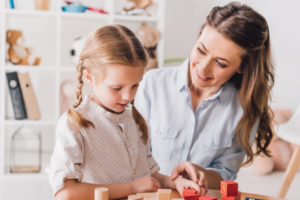 However, concerns have already been raised about the lack of mental health services available to young people once issues have been identified. Shadow Health Secretary Barbara Keeley said: “Once again we hear warm words from the Prime Minister on mental health, but the reality is that mental health services are stretched to breaking point and people with mental health problems aren’t getting the support they need.”
However, concerns have already been raised about the lack of mental health services available to young people once issues have been identified. Shadow Health Secretary Barbara Keeley said: “Once again we hear warm words from the Prime Minister on mental health, but the reality is that mental health services are stretched to breaking point and people with mental health problems aren’t getting the support they need.”
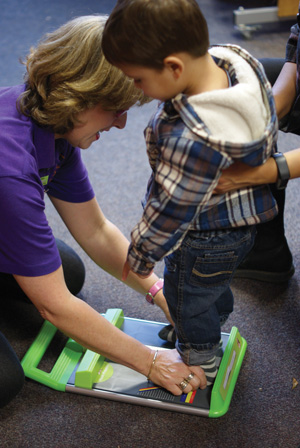
 Having over 30 years combined shoe-fitting experience, we could line up at least 10 pairs of the same size shoe, but if they are all 10 different brands, even if they are similar styles, we can guarantee that they will all fit slightly differently on one child’s feet! Some of those fits will be better than others – this is where our guidance, advice, knowledge and expertise comes into play.
Having over 30 years combined shoe-fitting experience, we could line up at least 10 pairs of the same size shoe, but if they are all 10 different brands, even if they are similar styles, we can guarantee that they will all fit slightly differently on one child’s feet! Some of those fits will be better than others – this is where our guidance, advice, knowledge and expertise comes into play.



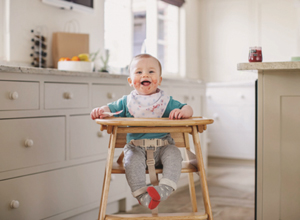
 Organix weaning and finger foods help babies discover new shapes, tastes and textures, and our wide range of toddler snacks provide parents with healthier snacking options to fuel happy days.You can find heaps of further information in the Organix Baby & Toddler Cookbook which has over 70 quick and easy recipes from weaning purees to dinner time faves for the whole family to enjoy!
Organix weaning and finger foods help babies discover new shapes, tastes and textures, and our wide range of toddler snacks provide parents with healthier snacking options to fuel happy days.You can find heaps of further information in the Organix Baby & Toddler Cookbook which has over 70 quick and easy recipes from weaning purees to dinner time faves for the whole family to enjoy!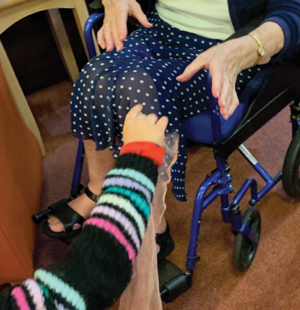
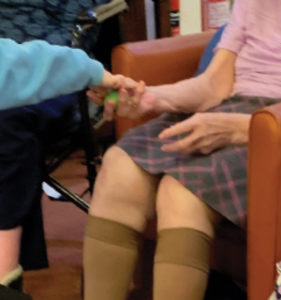
 As settings, we should place the children’s emotional development, resilience and intelligence at the forefront of everything we do, because how can we expect children to learn literacy, maths and problem solving skills when they aren’t emotionally ready to learn? As practitioners we need to support the emotional wellbeing of the children we care for, ensuring that they are aware of their emotions, what they mean and how to manage them. Then children can develop their understanding of the emotional needs of others and how we can be mindful and supportive of each other in order to develop friendships and relationships.
As settings, we should place the children’s emotional development, resilience and intelligence at the forefront of everything we do, because how can we expect children to learn literacy, maths and problem solving skills when they aren’t emotionally ready to learn? As practitioners we need to support the emotional wellbeing of the children we care for, ensuring that they are aware of their emotions, what they mean and how to manage them. Then children can develop their understanding of the emotional needs of others and how we can be mindful and supportive of each other in order to develop friendships and relationships. Through events like Brighton Festival, young people can explore, discover and participate in the arts. For 30 years the Children’s Parade has officially marked the start of Brighton Festival, with over 5,000 participants, including 3,473 school children, stepping into show stopping costumes they have designed and made themselves. Around 10,000 people come along to see the parade and be part of the largest annual children’s event in the UK. The parade is a unique event produced by community arts organisation, Same Sky, which offers thousands of young people the chance to come together in creations they’ve designed around a central theme, giving them a sense of belonging. In 2020, the Children’s Parade theme is Nature’s Marvels, offering a platform for participants to think more about the world and environment around them.
Through events like Brighton Festival, young people can explore, discover and participate in the arts. For 30 years the Children’s Parade has officially marked the start of Brighton Festival, with over 5,000 participants, including 3,473 school children, stepping into show stopping costumes they have designed and made themselves. Around 10,000 people come along to see the parade and be part of the largest annual children’s event in the UK. The parade is a unique event produced by community arts organisation, Same Sky, which offers thousands of young people the chance to come together in creations they’ve designed around a central theme, giving them a sense of belonging. In 2020, the Children’s Parade theme is Nature’s Marvels, offering a platform for participants to think more about the world and environment around them.